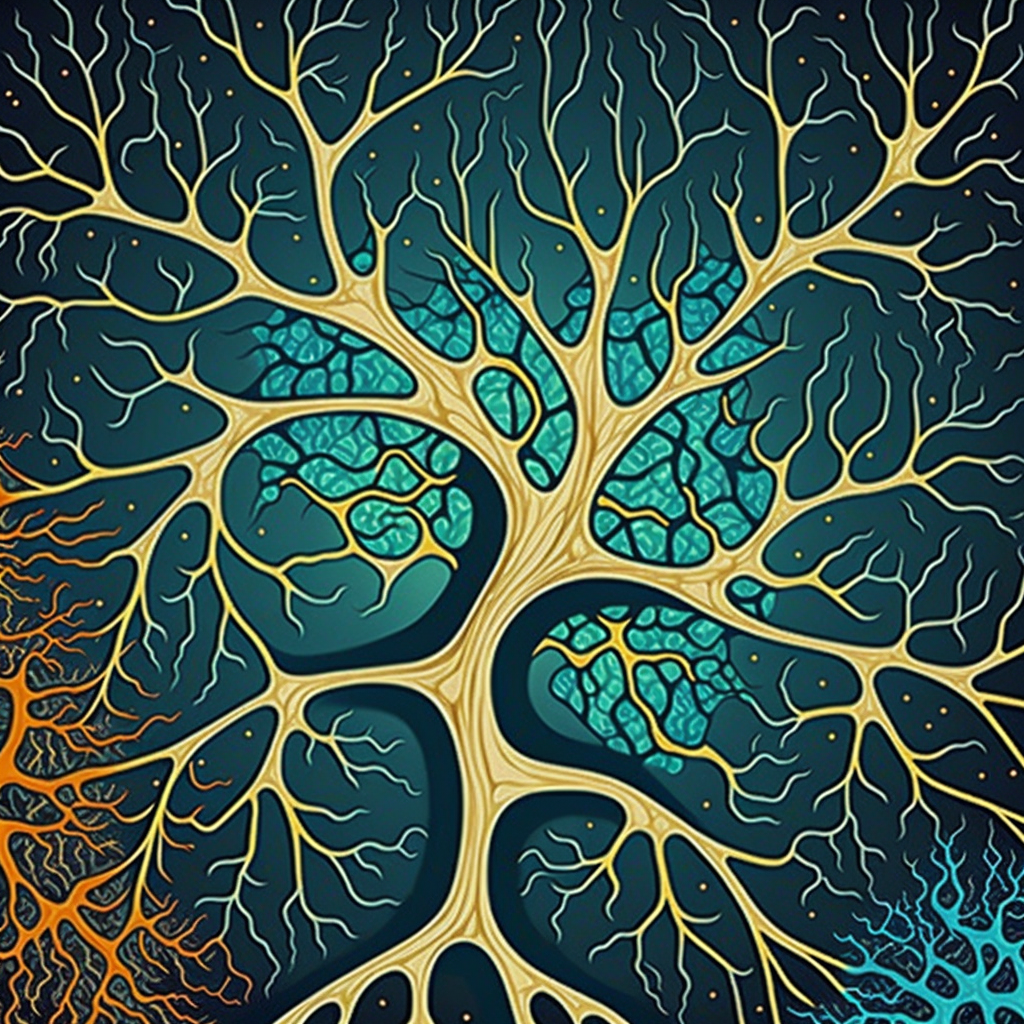by Richard O. Duda and Peter E. Hart
Pattern Classification is a book that provides an introduction to the field of machine learning and pattern recognition. The book covers both statistical and structural approaches to pattern classification, as well as discuss the use of machine learning techniques for improving the performance of classifiers.
The first part of the book covers the basics of pattern classification, including the concept of a feature space and the use of decision boundaries to separate different classes of patterns. It also discusses the use of supervised and unsupervised learning techniques, and the use of Bayesian decision theory for pattern classification.
The second part of the book covers more advanced topics in pattern classification, such as nonlinear classification, feature selection, and model evaluation. It also covers the use of structural approaches to pattern classification, including decision trees and artificial neural networks. The book concludes with a discussion of some of the practical considerations involved in implementing pattern classification systems, including issues of computational efficiency and robustness.
Table of Contents
- Introduction
- Statistical Pattern Recognition
- Linear Discriminant Functions
- Nearest-Neighbor Classifiers
- Density Estimation
- The Basic Approach to Structural Classification
- Decision Trees
- Artificial Neural Networks
- Feature Selection and Extraction
- Nonlinear Classification and Regression
- Model Evaluation and Selection
- Practical Considerations in Using Pattern Classifiers
- Other Topics in Pattern Classification
- Conclusions
- Appendices
Main Takeaways
- Pattern classification is a field of machine learning that deals with the automatic identification of patterns in data.
- There are two main approaches to pattern classification: statistical and structural. Statistical approaches involve using probabilistic models to classify patterns, while structural approaches involve constructing a decision boundary or model that separates different classes of patterns.
- The performance of a pattern classifier can be improved by using techniques such as feature selection and nonlinear classification.
- There are several different types of classifiers, including nearest-neighbor classifiers, decision trees, and artificial neural networks.
- It is important to carefully evaluate the performance of a classifier using appropriate metrics and to consider practical considerations such as computational efficiency and robustness when implementing a pattern classification system.
Conclusion
For someone with a strong background in mathematics, computer science, and statistics, the book might be rated as “moderate” in difficulty. However, for someone with less familiarity with these topics, the book might be rated as “difficult” or “very difficult.”
The book covers a range of topics in pattern classification, including statistical and structural approaches, and assumes some familiarity with basic concepts such as probability and linear algebra. It also includes more advanced topics such as nonlinear classification and artificial neural networks, which may be more challenging for readers with less background in these areas.
Overall, I would say that the book is geared towards a reader with a strong background in the field of machine learning and pattern recognition, and may be more challenging for someone who is new to these topics.
It covers both statistical and structural approaches to pattern classification, as well as discusses the use of machine learning techniques for improving the performance of classifiers. The book also covers advanced topics such as feature selection, nonlinear classification, and artificial neural networks.
